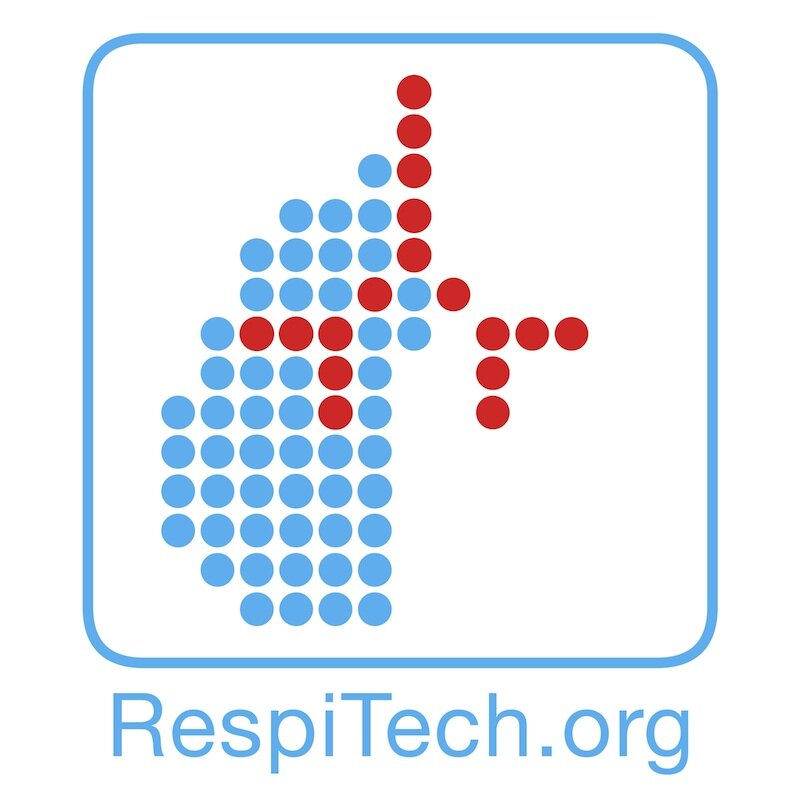Zara Sheikh, Peta Bradbury, Michele Pozzoli, Paul M Young, Hui Xin Ong, Daniela Traini
Abstract
Cystic fibrosis (CF) is a disease that most commonly affects the lungs and is characterized by mucus retention and a continuous cycle of bacterial infection and inflammation. Current CF treatment strategies are focused on targeted drug delivery to the lungs. Novel inhalable drug therapies require an in vitro CF model that appropriately mimics the in vivo CF lung environment to better understand drug delivery and transport across the CF epithelium, and predict drug therapeutic efficacy. Therefore, the aim of this research was to determine the appropriate air–liquid interface (ALI) culture method of the CuFi-1 (CF cell line) compared to the NuLi-1 (healthy cell line) cells to be used as in vitro models of CF airway epithelia. Furthermore, drug transport on both CuFi-1 and NuLi-1 was investigated to determine whether these cell lines could be used to study transport of drugs used in CF treatment using Ibuprofen (the only anti-inflammatory drug currently approved for CF) as a model drug. Differentiating characteristics specific to airway epithelia such as mucus production, inflammatory response and tight junction formation at two seeding densities (Low and High) were assessed throughout an 8-week ALI culture period. This study demonstrated that both the NuLi-1 and CuFi-1 cell lines fully differentiate in ALI culture with significant mucus secretion, IL-6 and IL-8 production, and functional tight junctions at week 8. Additionally, the High seeding density was found to alter the phenotype of the NuLi-1 cell line. For the first time, this study identifies that ibuprofen is transported via the paracellular pathway in ALI models of NuLi-1 and CuFi-1 cell lines. Overall, these findings highlight that NuLi-1 and CuFi-1 as promising in vitro ALI models to investigate the transport properties of novel inhalable drug therapies for CF treatment.
